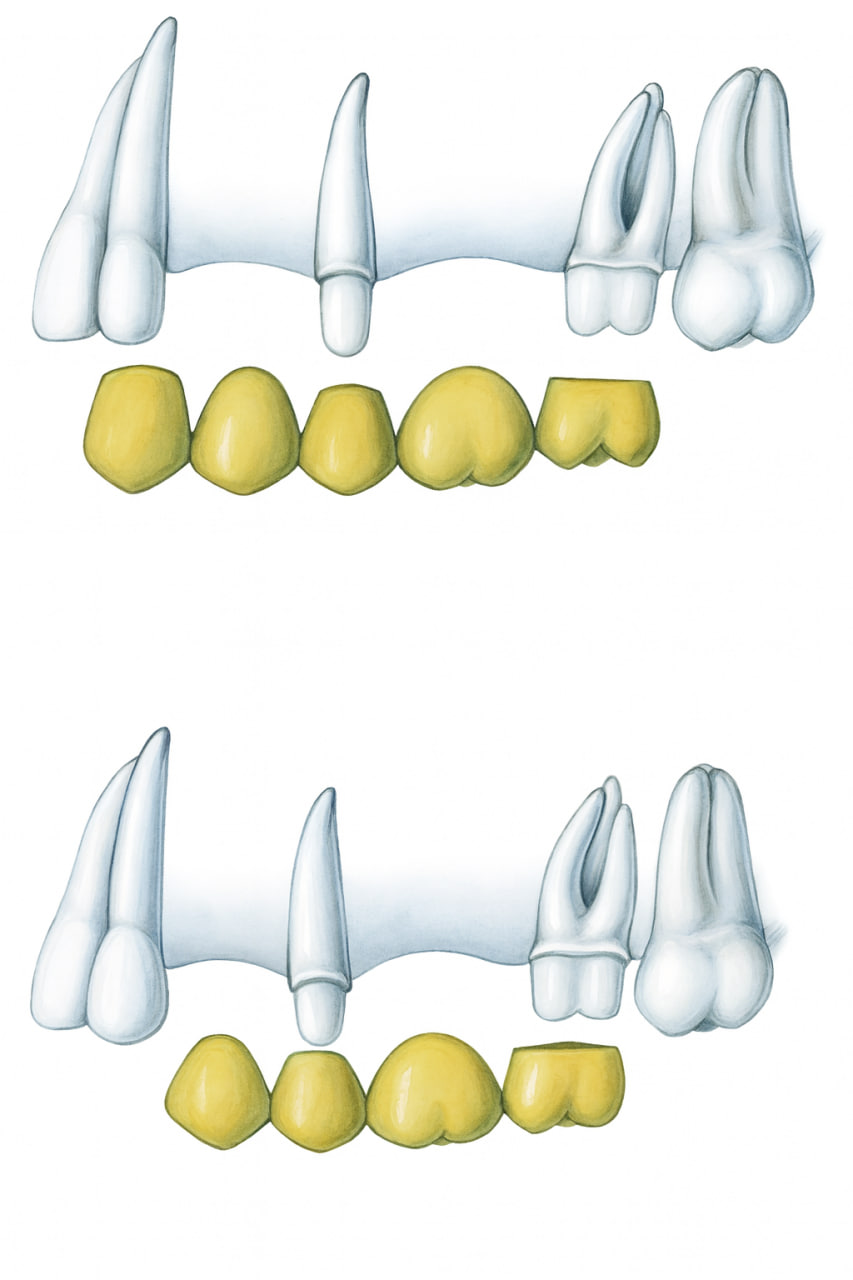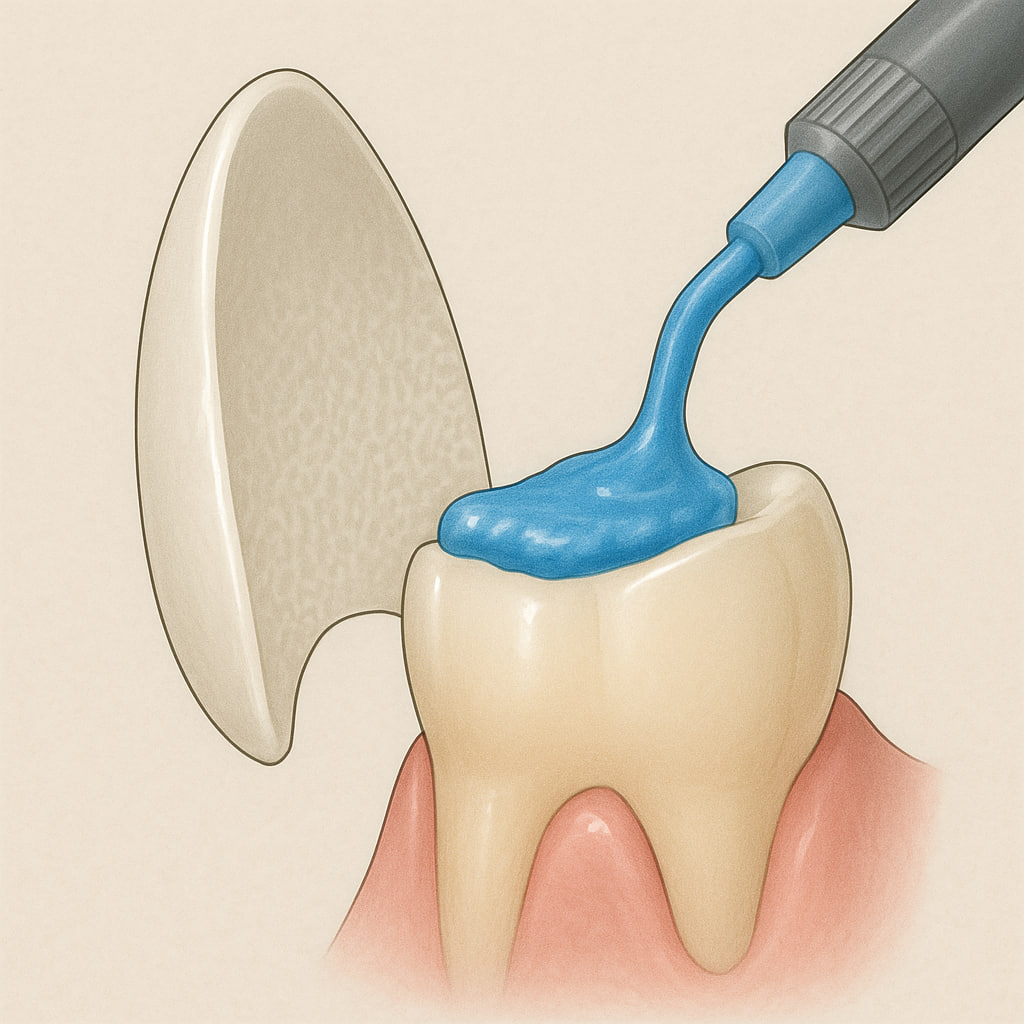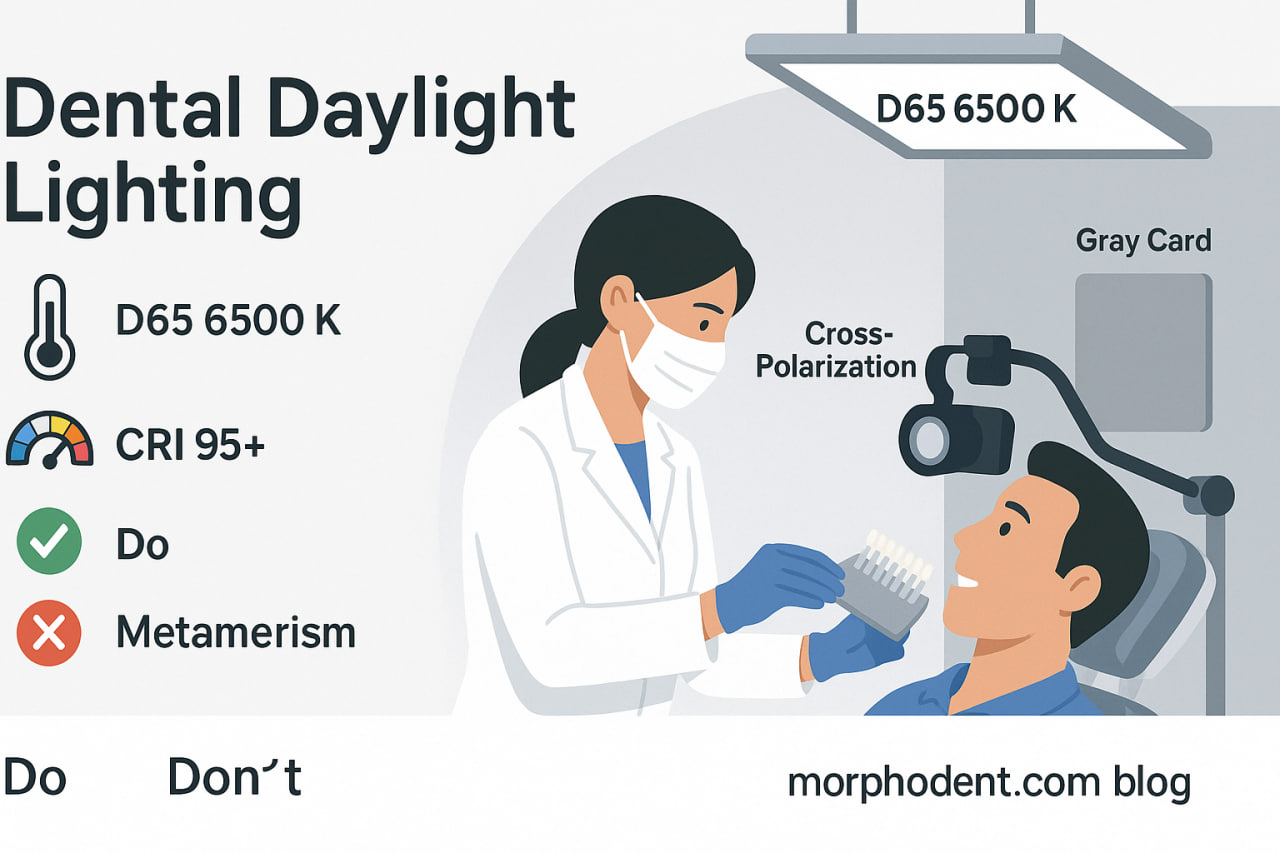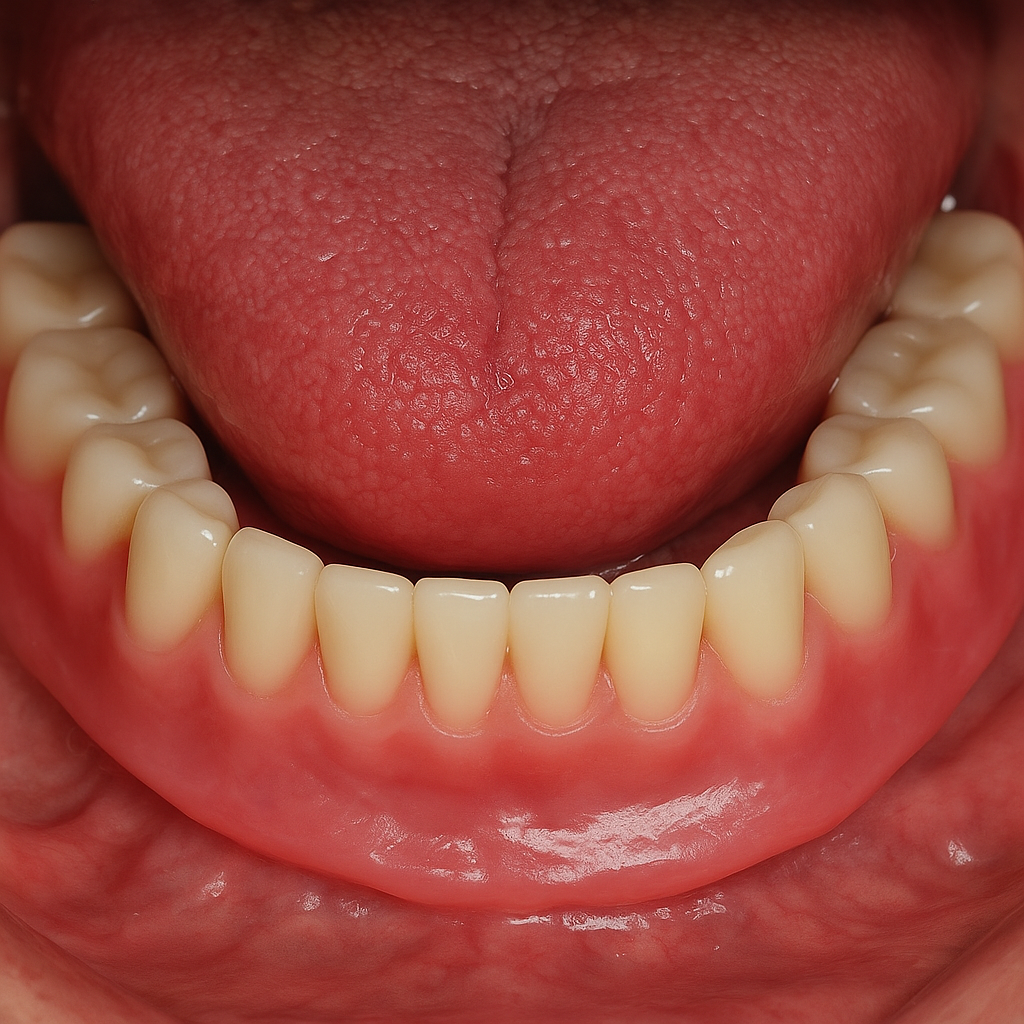Ante’s Law in Fixed Dental Prosthodontics: A Comprehensive Guide for Dentists
What Is Ante’s Law?
Named after Dr William Ante, this principle states that the total root-surface area of the abutment teeth must be equal to, or greater than, the root-surface area of the teeth being replaced (pontics). By meeting this requirement, abutments can withstand masticatory forces without being overloaded. Insufficient root area increases the risk of prosthetic failure through mobility, bone loss, or fracture.
Example: Replacing teeth 2, 3, 4 (lateral incisor, canine, first premolar) with a bridge supported only by teeth 1 and 5 (central incisor and second premolar) is contraindicated; the combined root area of teeth 1 and 5 is typically smaller than that of teeth 2 to 4, leading to overload.
Why Does Ante’s Law Matter?
| Benefit | Clinical Impact |
|---|---|
| Prevents overload | Ensures abutments are strong enough to support the bridge, avoiding mechanical failure. |
| Prolongs service life | Proper design extends bridge longevity and improves clinical outcomes. |
| Reduces complications | Lowers incidence of abutment mobility, periodontal issues, and debonding. |
Recognised Exceptions (Maxilla Only)
-
Canine-to-canine bridge (3–3): Canines may serve as sole abutments to replace the four maxillary incisors because of favourable force distribution and dense anterior bone.
-
Canine to second molar bridge (3–7): A maxillary canine and second molar can support a bridge replacing first premolar, second premolar, and first molar (4, 5, 6) due to adequate bone support and load sharing.
Note: These exceptions do not apply in the mandible, where bone density and force vectors differ.
Applying Ante’s Law in Clinical Practice
-
Calculate root-surface area
• Use standard references (e.g., Shillingburg) for average root-surface values. -
Assess occlusal forces
• Evaluate bite type and parafunctional habits that may amplify stress. -
Verify periodontal health
• Adequate bone and soft-tissue support are mandatory even when root area is sufficient.
Ante’s Law should always be weighed alongside overall oral health, occlusal scheme, and patient hygiene.
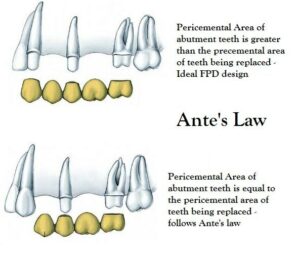
Case Scenarios in Ante’s Law
-
Case 1: A patient missing teeth 2–4 in the maxilla. Abutments planned on teeth 1 and 5. Root-area calculations show deficiency; proceeding would violate Ante’s Law. Alternatives: implants or revised bridge design.
-
Case 2: A patient needs replacement of the four maxillary incisors. Canines (3 and 3) are selected as abutments. Despite smaller combined root area, this configuration fits the recognised canine-to-canine exception and is clinically acceptable.
Conclusion
Ante’s Law remains a cornerstone of fixed prosthodontic planning, guiding dentists to select abutments that secure long-term success. Understanding its exceptions and integrating periodontal, occlusal, and patient-specific factors enables informed decisions and durable outcomes. For more dental learning posts, check our blog

